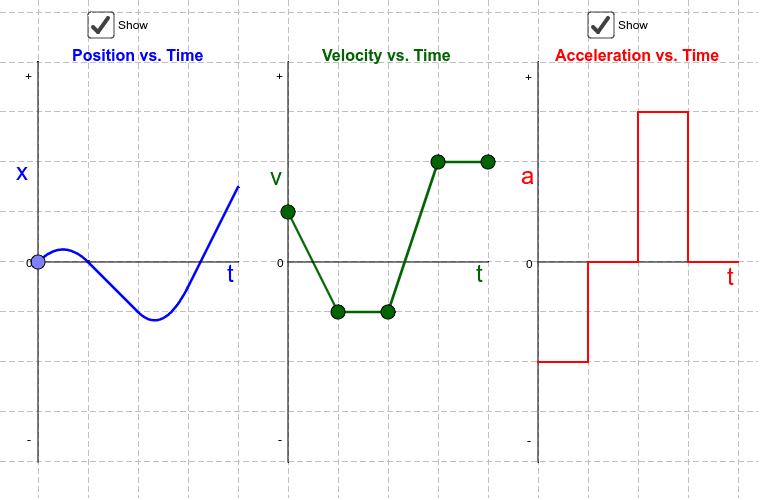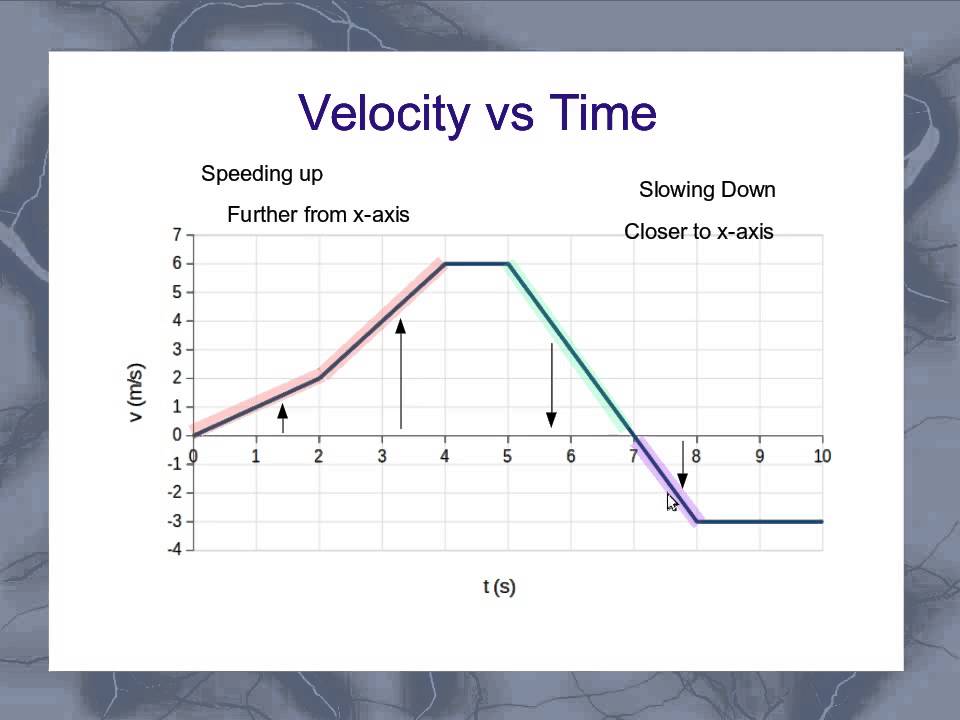
acceleration graph Simplify the units of the slope to fundamental units (m, kg, s). But be patient as posts will appear after passing our moderation. What are the units of the slope of the force vs.

Depending on the number of messages we receive, you could wait up to 24 hours for your message to appear. Questions will be queued for posting immediately after moderationģ. reciprocal of the mass of the system (1/Mass of System)is in the unit. Answers to questions will be posted immediately after moderationĢ. The graph of acceleration as a function of the net force indicates that there. Read the community guidelines FORUM RULESġ. Create Live Video Tutorials (Paid/Free)Ĥ. I think the part in red I highlighted is where you got a bit off.Join the MathsGee Q&A forum where you get education and financial support to succeed from our community. You graphed Force against mass so the slope you found was acceleration. So I can only conclude that you were attempting to determine the acceleration which you basically wrote. If the axises are switched, then the slope is the inverse of the mass. Hexagons Manufacturing Intelligence division provides solutions that use data from design and engineering, production and metrology to make manufacturing.

Then, the acceleration is given by the formula: vu+at vu2as s u t + 1 2 a t 2 Where Final velocity is ‘v’. If t (time taken), v (final velocity), and u (initial velocity) are provided. It looks to me that your data included Force and mass. icue nexus spotify The equation that relates force and acceleration is Fma Where F is force, m is mass, and a is acceleration If force on the graph is plotted on the y-axis, and acceleration on the y-axis, then the slope would be the mass of the object. Therefore, the SI unit of acceleration is metre per second squared (m/s2).

So what would the slope of the graph mean?Īnd what does Y intercept of the graph mean? Slope of our graph would mean mass, according to the formula we know derived from Newton's second law of motion, but our masses weren't constant. Slope of our graph would mean mass since, F/A=M What is the value (including units) and the meaning of the Y intercept? it may be multiple objects, but there is only 1 force acting on them. Question: what is the value (including units) and the meaning of the slope of your graph? mass, you must be plotting the response of numerous different objects (having different masses) and being subject to some forces, leading to some accelerations, possibly different for each of the different objects. Notice how on the graph the average of the measured acceleration line is not straight and is a little off while. net force, we need to find the cars acceleration from the velocity vs. The results showed that as force increased the acceleration on the car also increased. Like a single force, Newton(N) is the SI unit of the net force. acceleration graph, what does the Y intercept represent When comparing (1) and (2), it’s clear that the Force Acceleration graph’s y-intercept would be zero. and we got our equation from the trend line which was: y=2.16+0.11 The hypothesis for the lab was that if the mass is increased then the acceleration of the car will increase because of Newtons second law, F MA. Force on y axis and acceleration on x axis. then we found out our acceleration and we graphed everything. masses on hangers were: 0.02, 0.03,0.04, 0.05, 0.06,0.07 (kg) and the forces measured with GLX machine were: 0.19, 0.29, 0.39, 0.49, 0.59, 0.69. 14.5 over 2.9 is 5 and that will be newton seconds over kilograms which has units of meters per second. We used a cart and a pulley connected, and we added hangers with different masses.


 0 kommentar(er)
0 kommentar(er)
